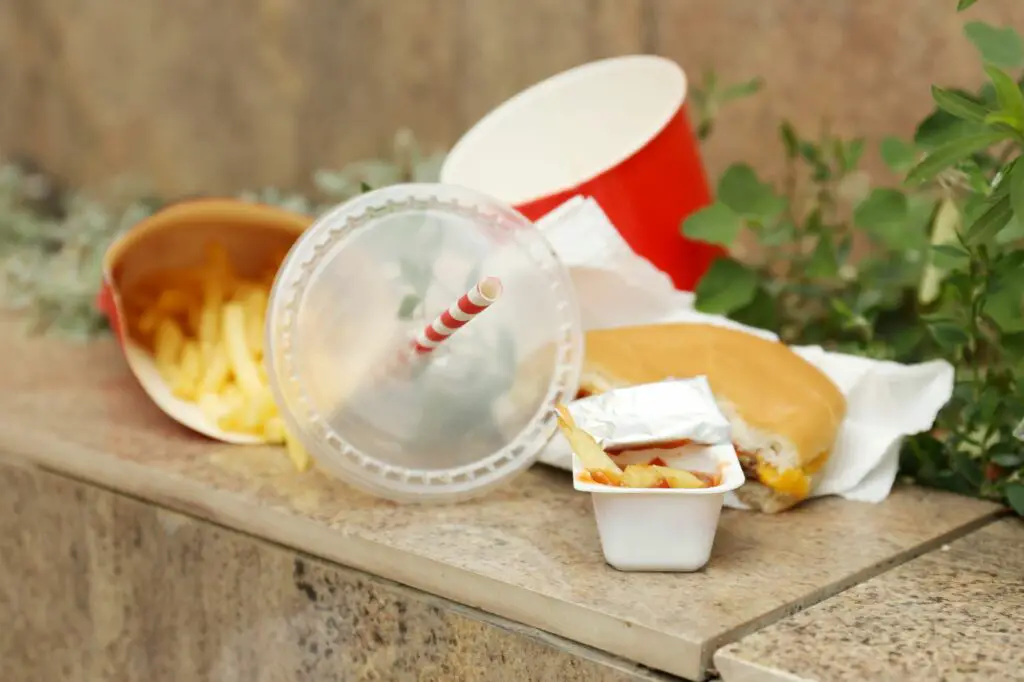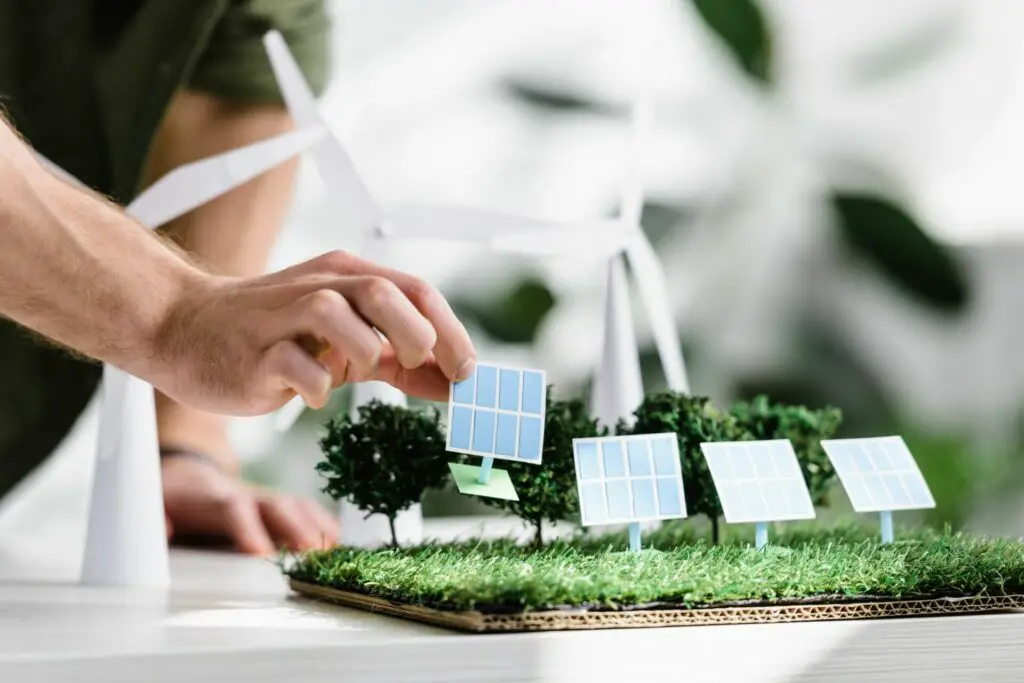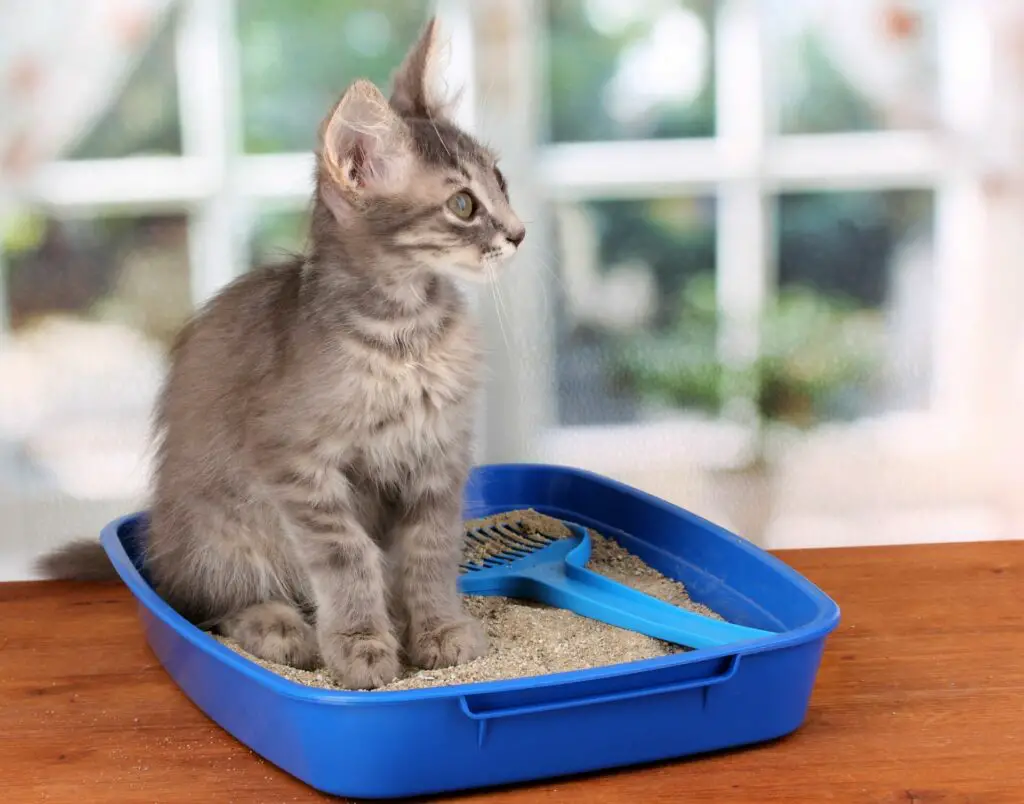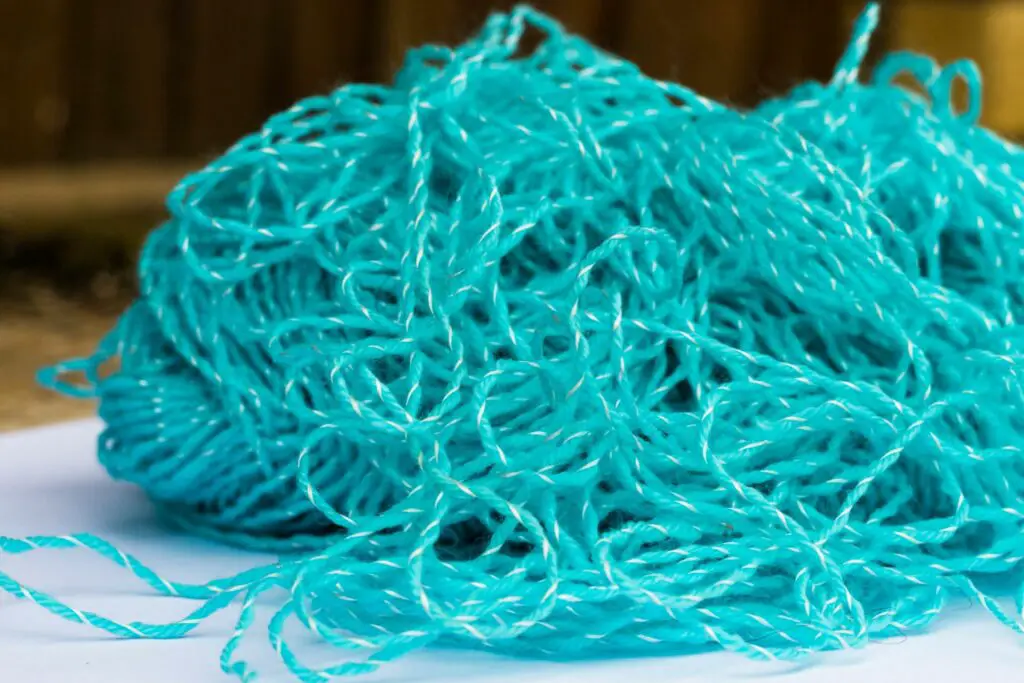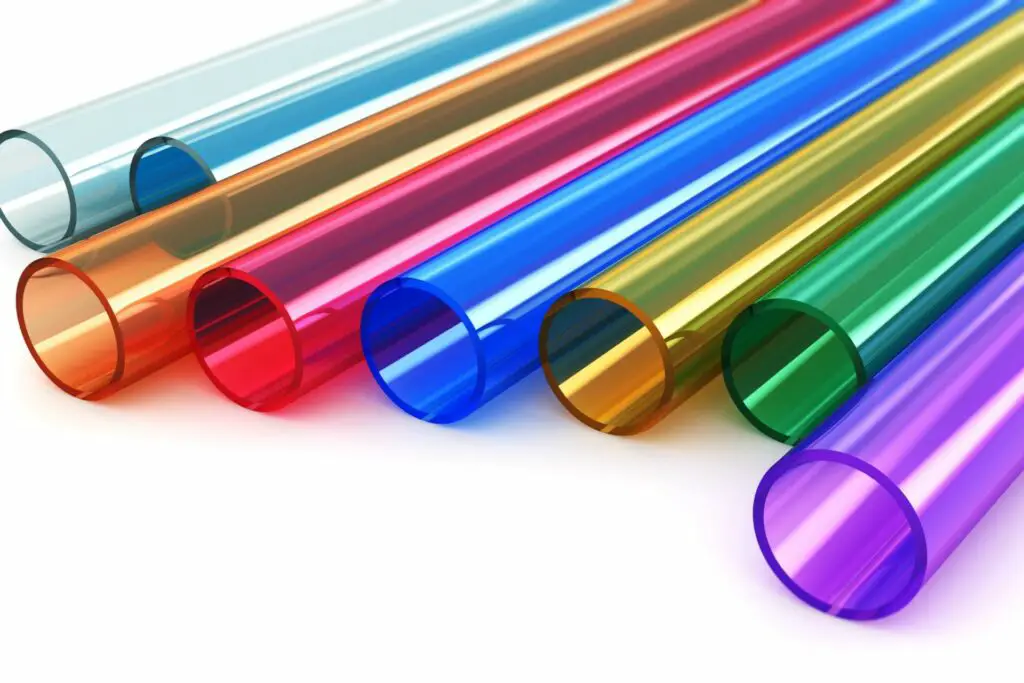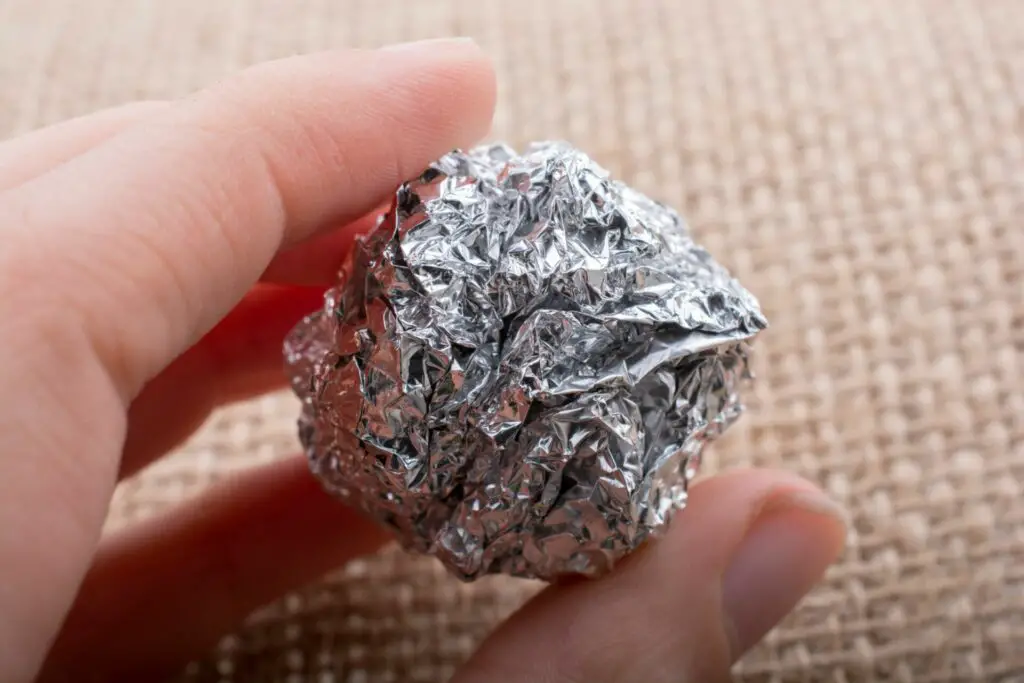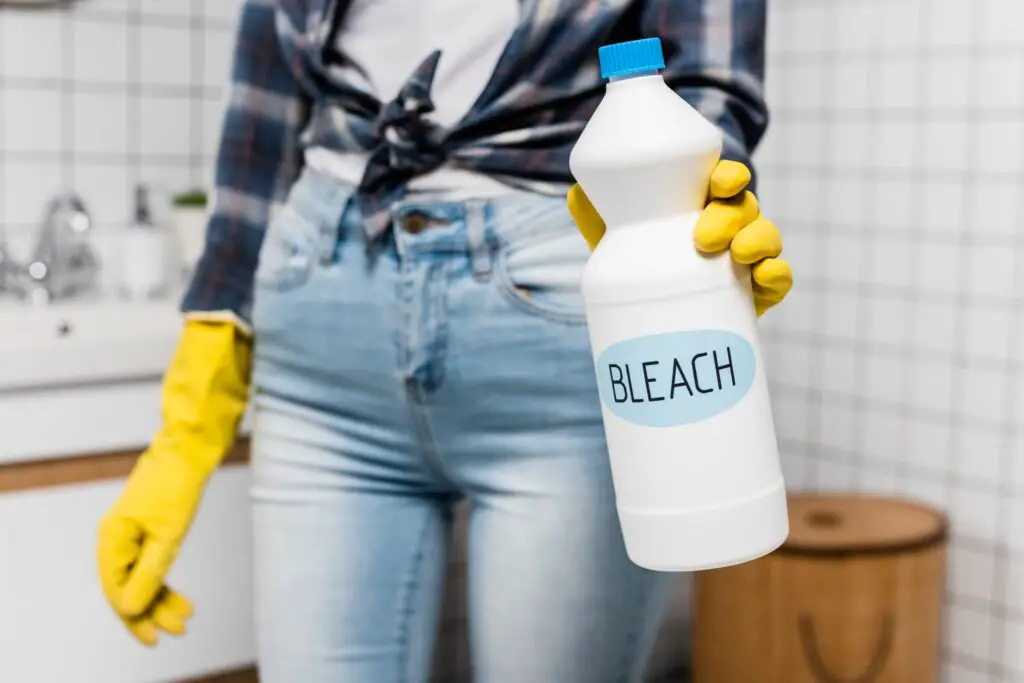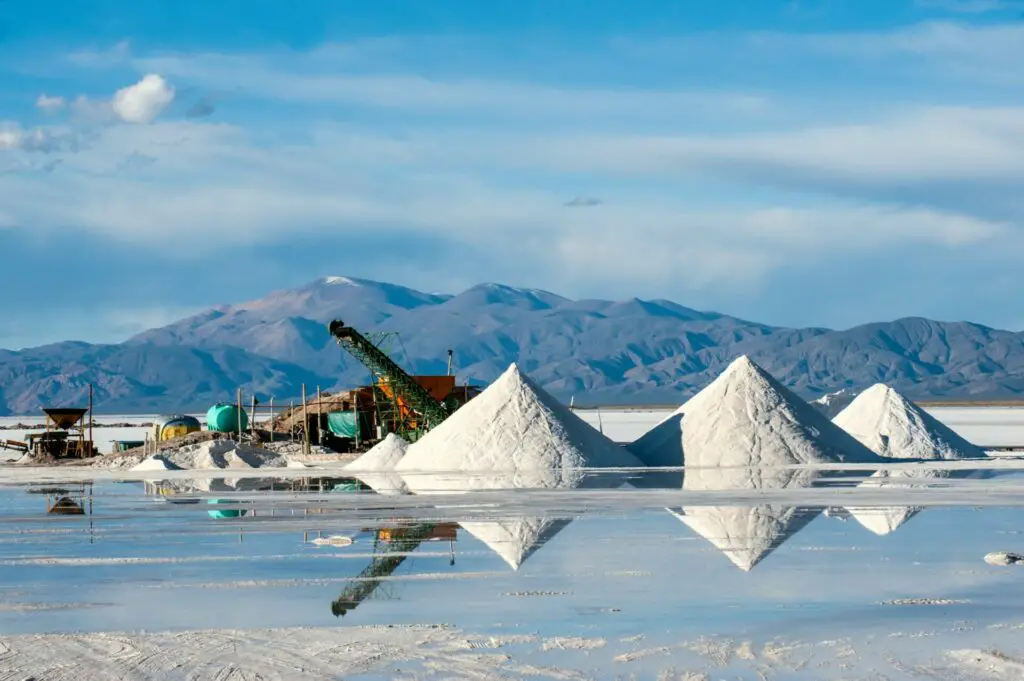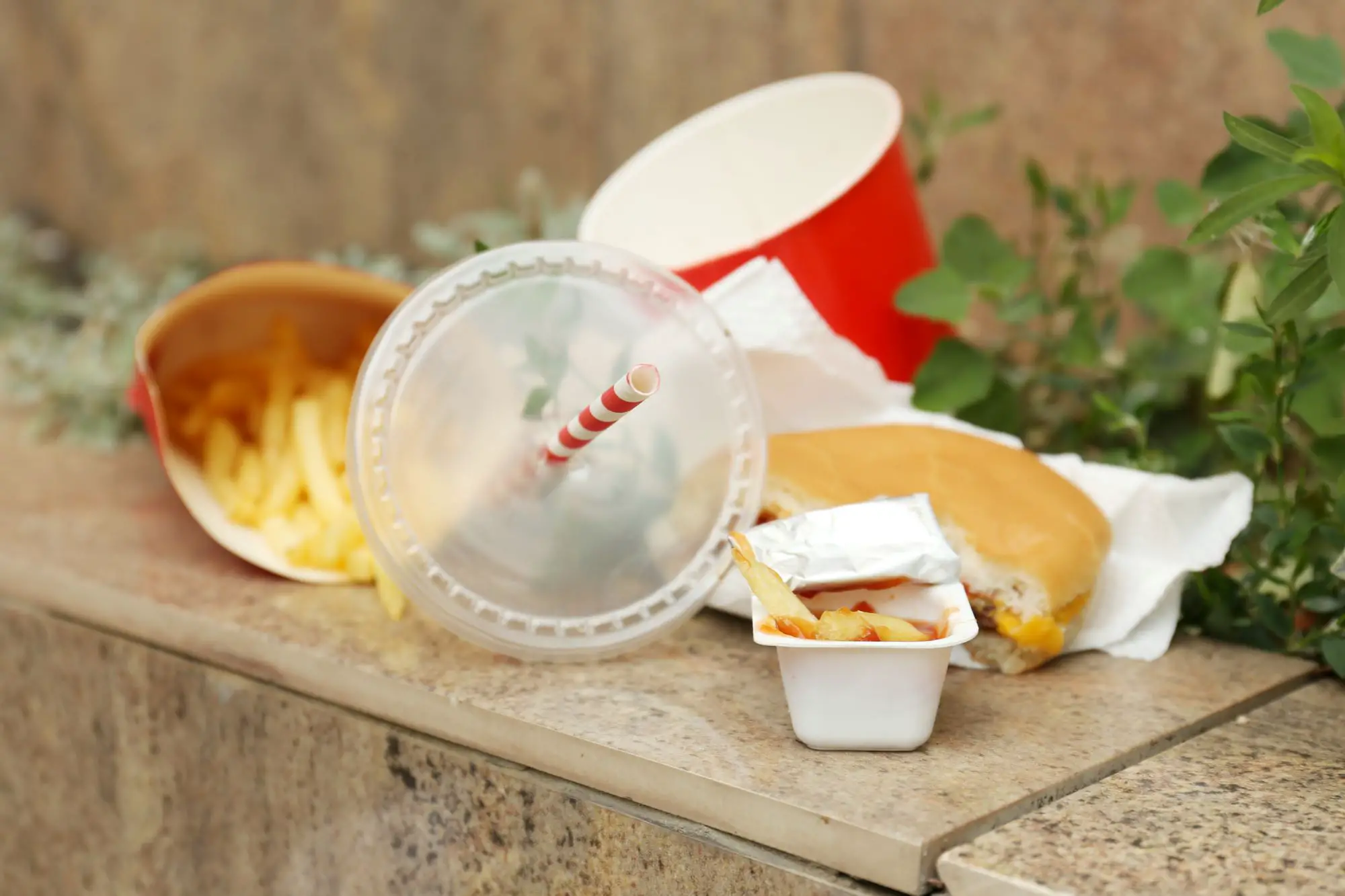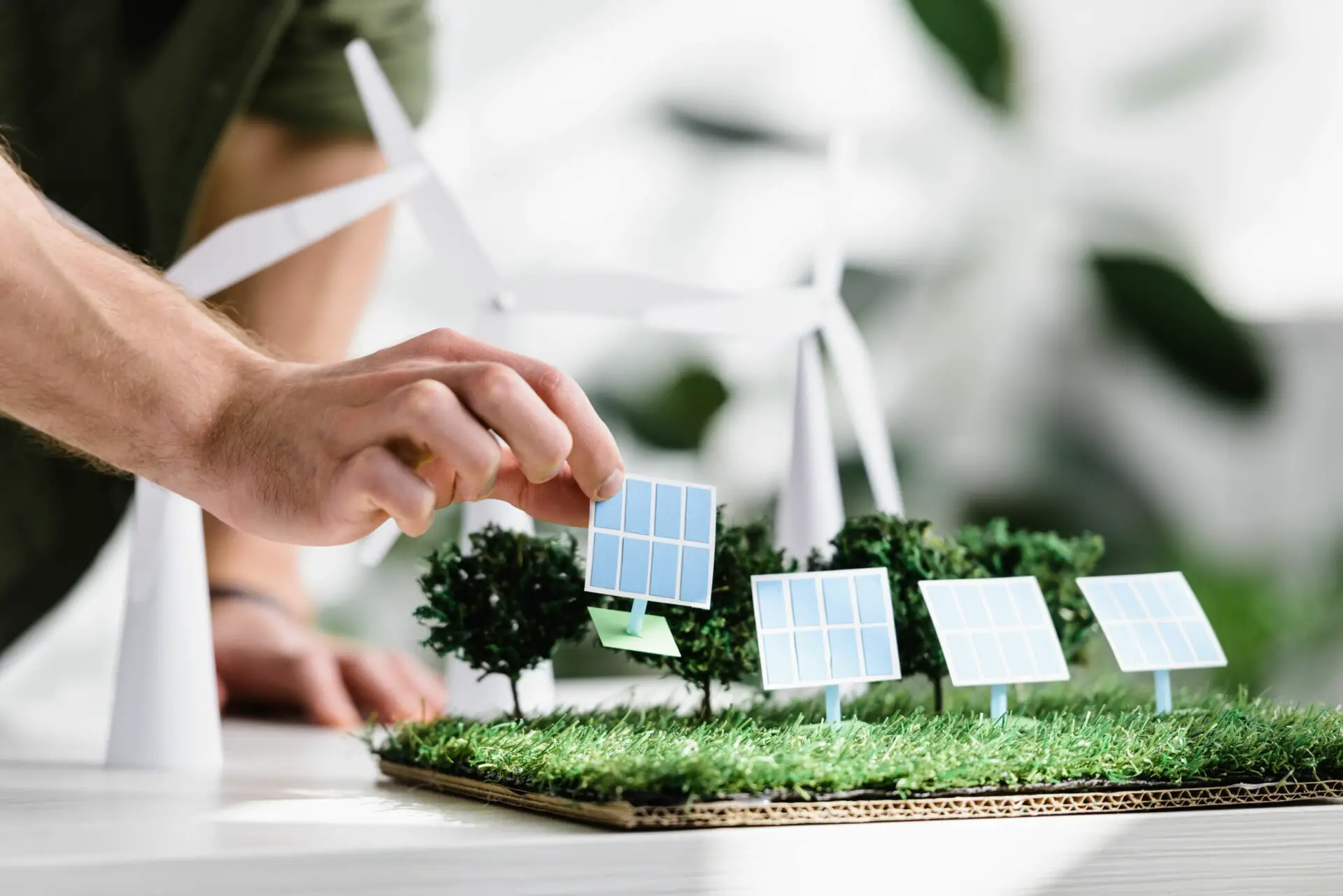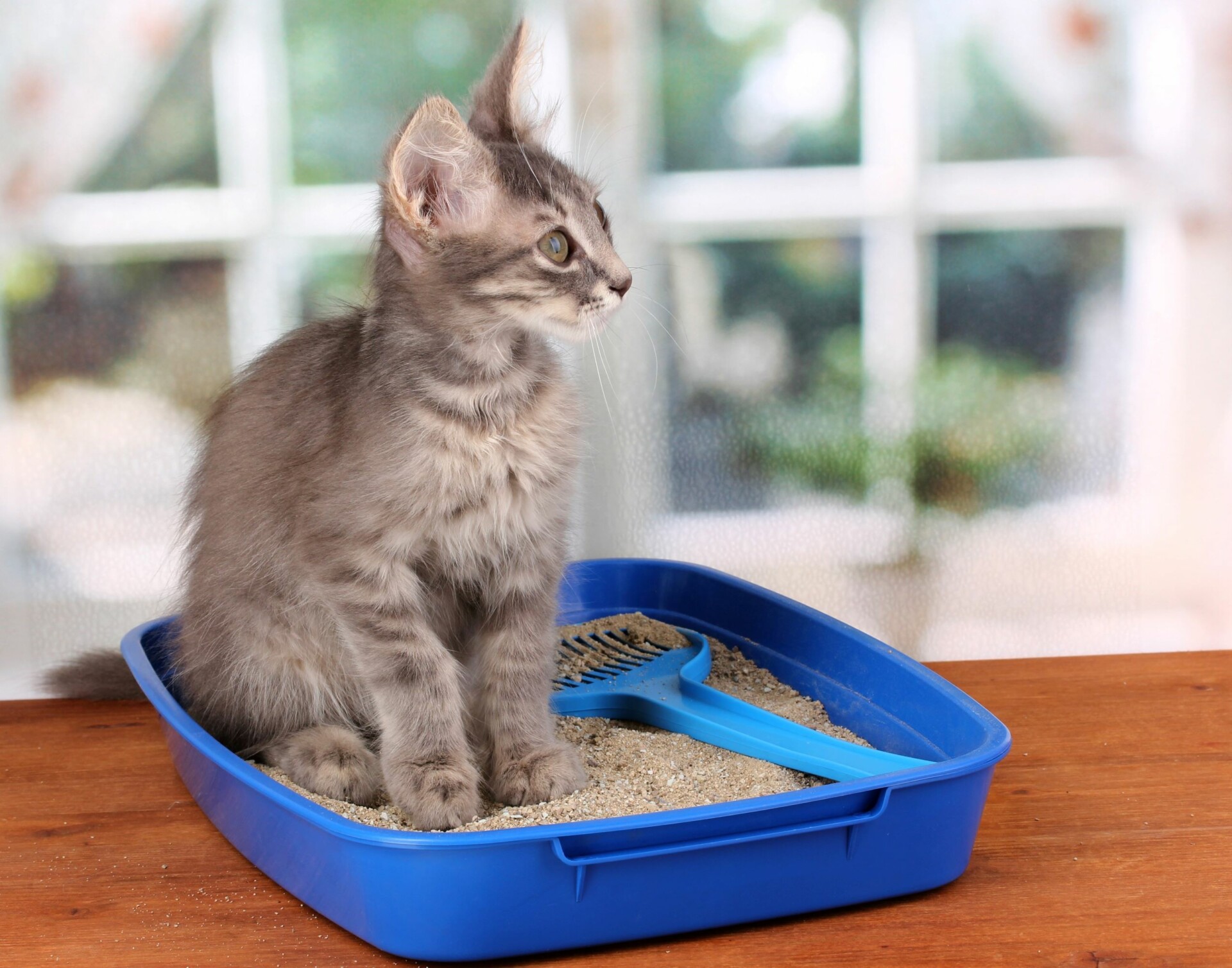Bioplastics are praised by many as an environmentally friendly alternative to conventional plastics.
On the other hand, there are also many critical voices that claim biodegradable bioplastics were “nonsense” or at least question their ecological benefit.
In this article, we’ll take a good, unbiased look at the facts.
That way, you can form your own opinion and make informed decisions regarding this plastic alternative.
What is the definition of bioplastic?
There is not a clear-cut definition for the term bioplastic, but it usually has one of the following two meanings:
- Plastics based on renewable raw materials
- Biodegradable or compostable plastics (regardless of the raw material)
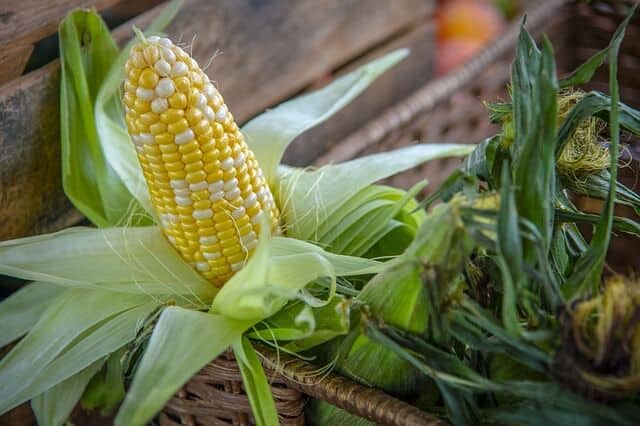
As you can see, the first definition refers to the type of raw materials used, while the second focuses on the degradability of the finished product.
What’s important to know:
There are plastics made from renewable resources which are non-biodegradable (e.g. vulcanized rubber), while there are also biodegradable, oil-based plastics.
You might think that, from an environmental standpoint, the second definition is the more important of the two, since it basically means residue and pollution-free degradation of the products. And you would certainly have a very good point.
But what’s surely even more impactful is if both definitions come together in one product: a biodegradable material that was made from renewable resources.
What are the advantages of bioplastic packaging?
If bioplastics are made from renewable resources, they release only as much CO2 as they have absorbed during growth.
This means that they are CO2-neutral (if transport and manufacturing are disregarded).
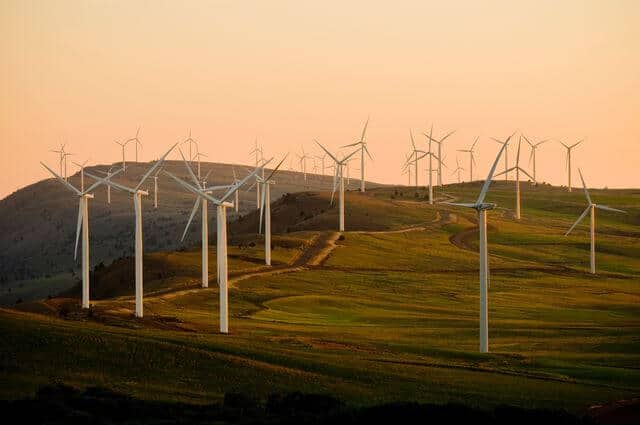
In contrast, plastics based on mineral oil release CO2 into the atmosphere that would otherwise remain bound in the oil.
Speaking of oil: bio-based plastics require little or no crude oil, which is a limited resource. Even bioplastics that are not entirely made from renewable raw materials often still contain a high percentage of them.
Another advantage of biodegradable plastics is that they cause significantly less damage, should they end up in nature.
That’s because, for one thing, they decompose much faster than conventional plastics. Another thing is that they usually contain no (or very few) harmful additives, which would otherwise be released over time.
Sustainable production of bioplastics is crucial
All that glitters is not gold – that holds true for bioplastics as well. It all depends on how they were made.
Of course, the raw materials for the production of the bioplastic must first be cultivated (corn, sugar cane, etc). In order to do this, land has to be cleared to grow those resources, which means their cultivation competes with other foods.
And with cultivation often come the “usual” problems of agriculture: (over-)fertilization and use of pesticides, which ultimately reach the groundwater and our food chain, and which lead to excessive algae growth in our lakes and seas.
To be fair, the alternative, i.e. the oil-based plastic production, is anything but environmentally friendly either and has its very own set of problems.
So for bioplastics made from renewable resources to be truly sustainable, “merely” being biodegradable won’t do.
Instead, what’s equally important is whether the entire process is environmentally sound – from the way in which the raw materials are grown to the production process itself.
Raw materials from eco-friendly agriculture along with an environmentally friendly production through the use of energy from renewable sources are the necessary ingredients for truly sustainable bioplastic products.
Disposal of bioplastics
It is really hard, if not downright impossible, to distinguish biodegradable plastics from conventional, non-degradable plastic.
As a result, bioplastics are often simply disposed of via normal residual waste instead of organic waste.
But does that automatically mean that bioplastics are useless or bad for the environment?
Waste incineration not necessarily bad in case of bioplastics
Ok, so a lot of bioplastic trash ends up in waste incineration instead of composting plants.
But how does that actually affect their environmental footprint?
Well, even when burned, bioplastics are mostly converted into CO2, which would have been the case with composting as well.
As we have already seen, this release is even CO2 neutral in the case of bioplastics made from renewable resources.
Granted, burning it does not produce any valuable biomass that can be used in agriculture, as composting would.
However, incineration plants produce energy instead of soil, and as we well know, CO2 neutral energy production is a clear plus for the environmental balance.
Bottom line: incineration is just another way of using bioplastic waste, but by no means worse than composting.
Bioplastics in nature
There is another fact that we should keep in mind.
The sad truth is that a lot of plastic waste neither ends up in composting nor incineration plants – but out in the open, in nature.
As shocking as the following video may be, the Great Pacific garbage patch is just one of many and only the biggest visible symptom of our worldwide plastic garbage problem:
The facts are crystal clear – we already have massive amounts of plastics in our nature – and we keep adding a lot more every single day. (Read more on that and on ingenious ideas to solve this problem in our article here).
And while this is certainly not ideal, bioplastics are the lesser evil in this situation.
Yes, they will take longer before they completely biodegrade out in nature than under ideal composting conditions.
But that’s surely preferable to conventional plastics which take centuries to degrade and additionally release their harmful and toxic substances during that time.
Conclusion
Bioplastics are certainly not a miracle cure to our plastic problem.
The well-known motto: “Reduce, Reuse, Recycle” is still solid advice and the best approach, even for biodegradable materials.
Also, they certainly should not be littered or disposed of in nature. As we have seen, they need fairly special and controlled conditions for optimal and quick degradation to happen.
And yet, if produced in an environmentally friendly and sustainable way, used sparingly and disposed of properly, bioplastics are certainly preferable to non-degradable and harmful conventional plastics.
What do you think?
You Might Also Like…
- Is Fast Food Bad for the Environment? (& What You Can Do)
- Is Fabric Softener Bad for the Environment? (+5 Eco-Friendly Options)
- Is Fuel Dumping Bad for the Environment? (& How Often It Happens)
- Is Electricity Generation Bad for the Environment? (What You Should Know)
- Is Dry Cleaning Bad for the Environment? (4 Surprising Facts)
- Is Diamond Mining Bad for the Environment? (Important Facts)
- Is DEET Bad for the Environment? 4 Effects (You Should Know)
- Is Cat Litter Bad for the Environment? (5 Common Questions)
- Is Burning Cardboard Bad for the Environment? (6 Facts)
- Is Burning Paper Bad for the Environment? (6 Surprising Facts)
- Is Burning Leaves Bad for the Environment? (7 Quick Facts)
- 4 Natural Cleaners for Quartz Countertops
- 6 Eco-Friendly Acrylic Paint Brands (For Sustainable Artists)
- 5 Eco-friendly Alternatives to Acrylic Paint (& How to Make Them)
- Is Acrylic Paint Bad for the Environment? (7 Quick Facts)
- Is Acrylic Yarn Bad for the Environment? 8 Crucial Facts
- Is Acrylic Bad for the Environment? (8 Quick Facts)
- Is Aluminum Foil Bad for the Environment? 7 Quick Facts
- Is Bleach Bad for the Environment? 6 Crucial Facts
- Is Lithium Mining Bad for the Environment? 6 Crucial Facts


